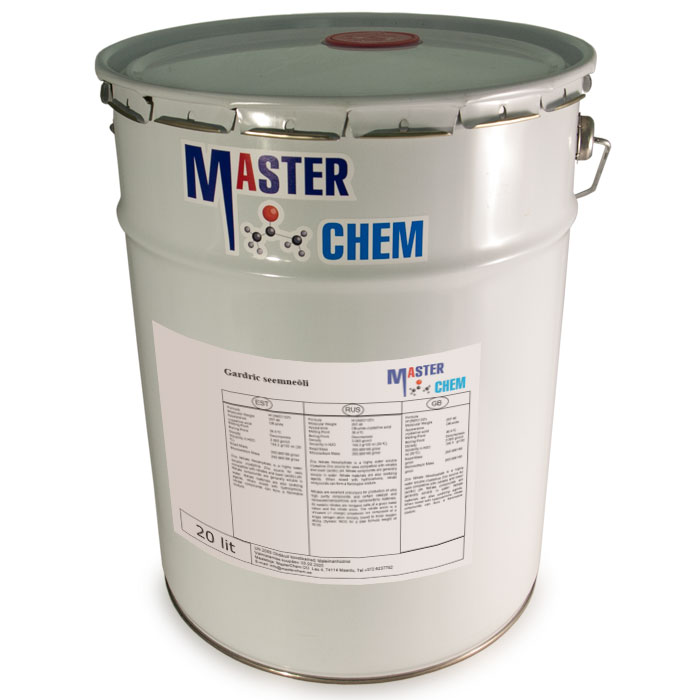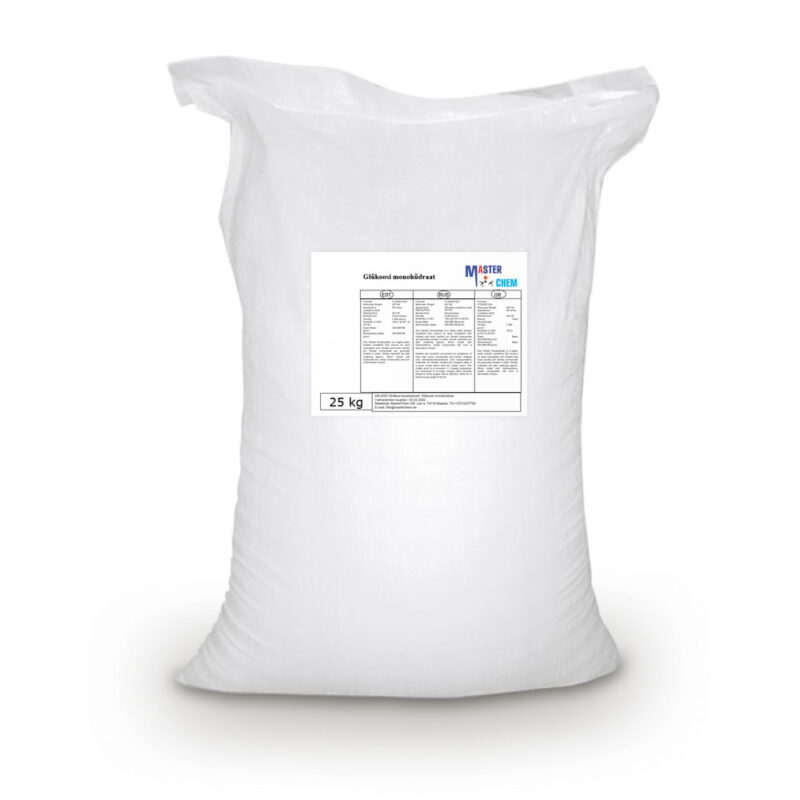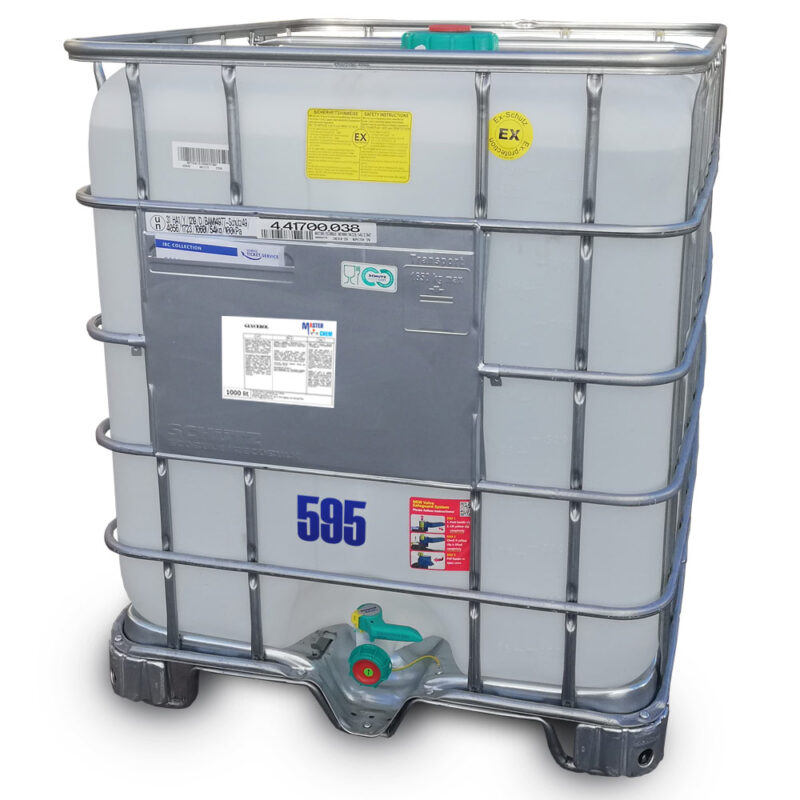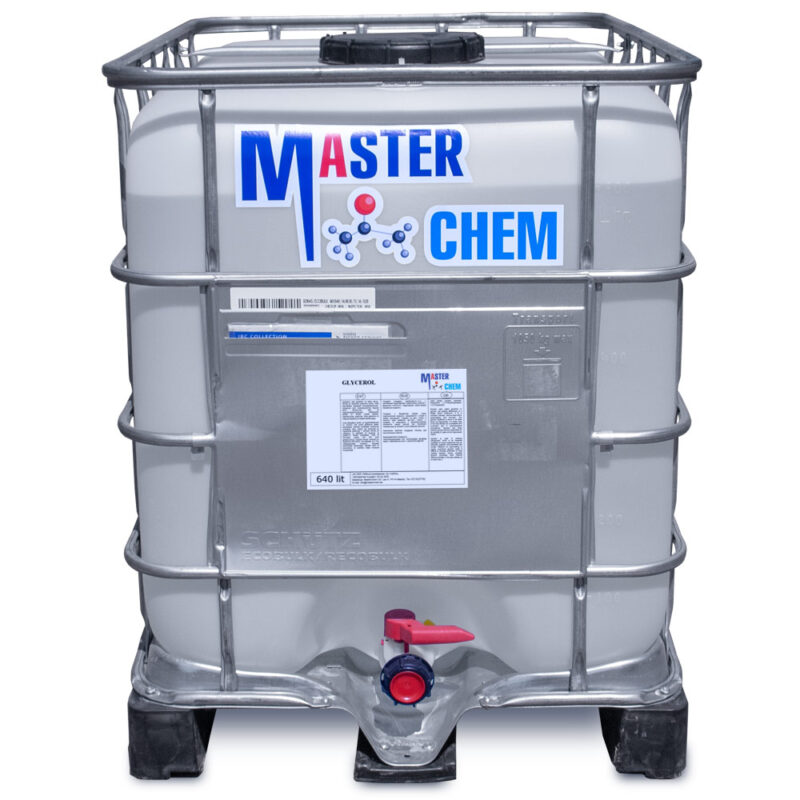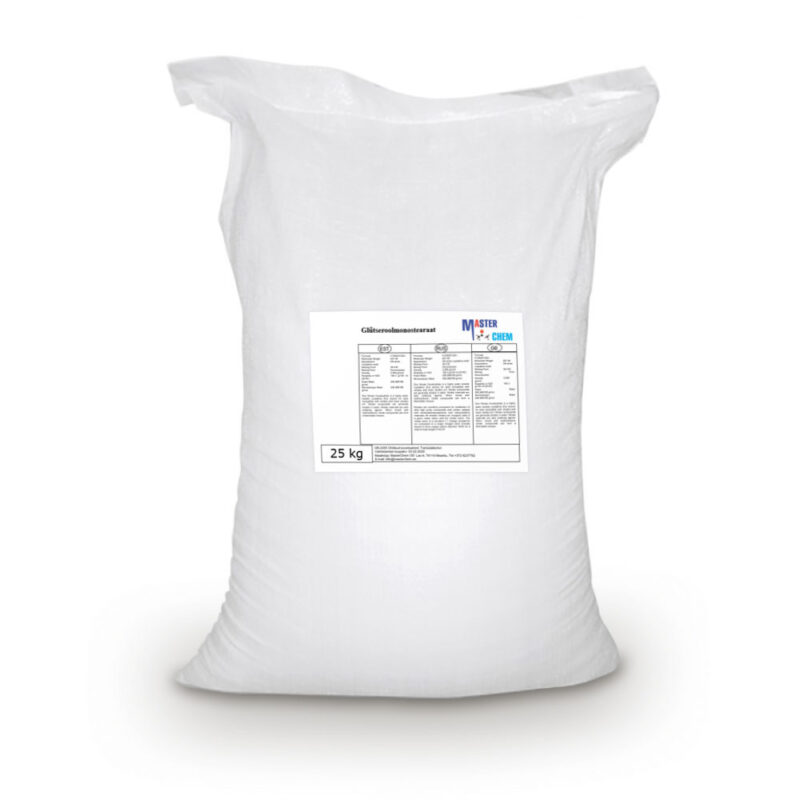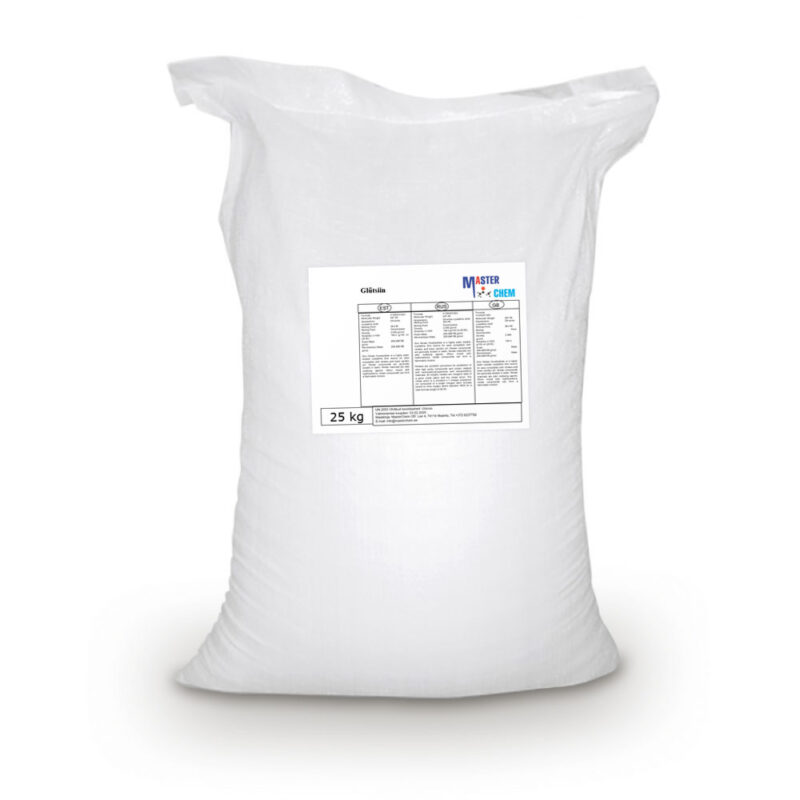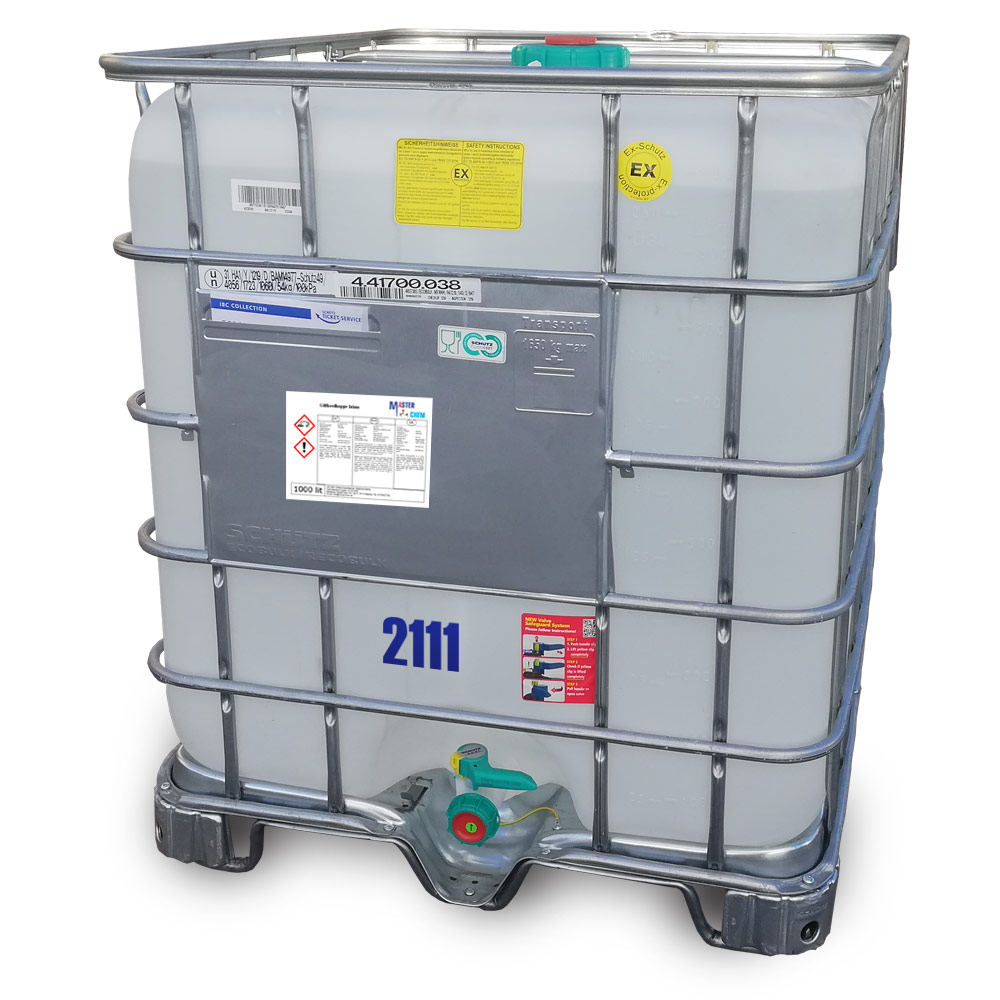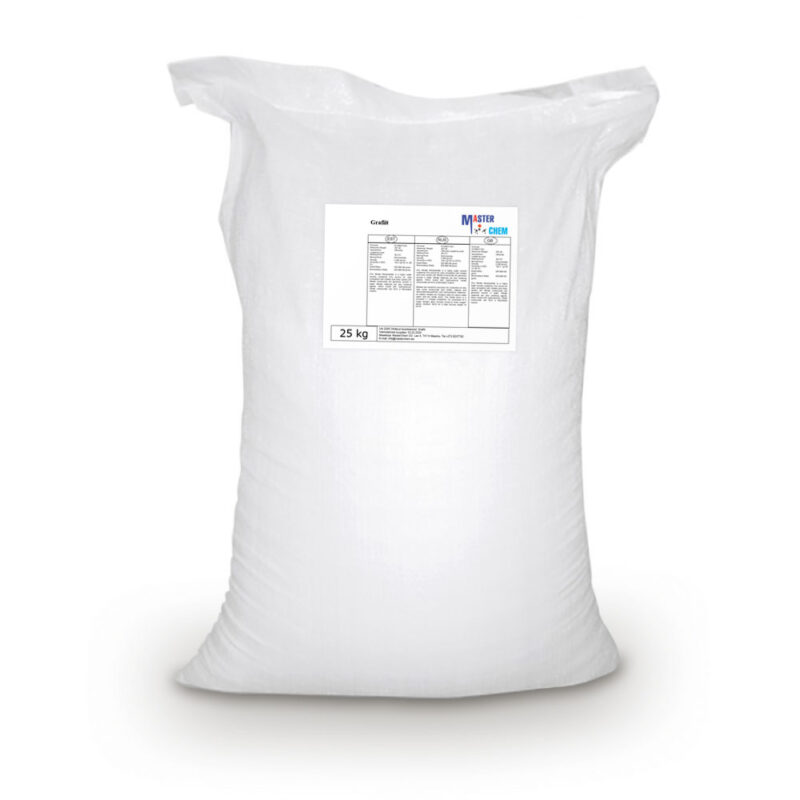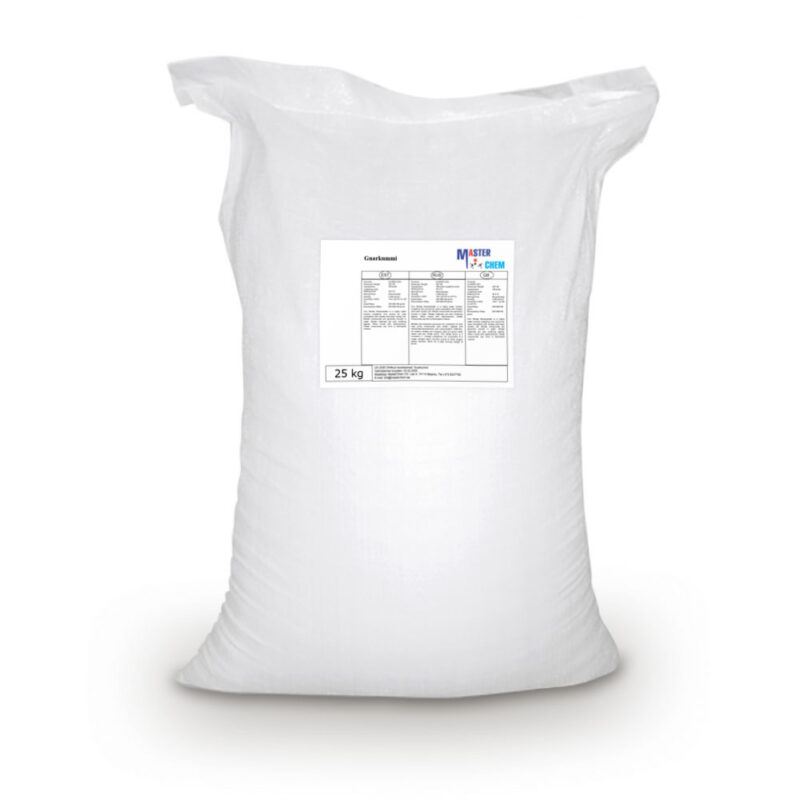Gardrium seed oil
Gidric seed oil
Features
Garlic essential oil is a product of steam distillation of fresh garlic cloves. The finished liquid is colorless, may be slightly yellowish, with a burning taste.
Affordable Features
Garlic essential oil has many health benefits. The most important ones are:
Bacterial.
Antivirus.
Hypotonic.
Anticholesterol.
cough medicine.
Hypothermic.
Anthelmintic.
Immunomodulatory.
The corresponding product has a favorable effect on the condition of the urinary organs. Helps eliminate cystitis, inflammatory and infectious processes in the structures of the urinary and genital organs.
Application
The extent of garlic essential oil directly depends on its basic properties. It is used in the food industry to give ready meals a characteristic aroma and taste.
The product is not used in perfume because of the sharp and unpleasant aroma.
In cosmetology, garlic essential oil is sometimes used to treat oily skin. It is able to regulate the body’s fat content, affects the functioning of the sebaceous glands. Copes effectively with acne and inflammatory skin diseases.
Glucose Monohydrate (CAS 5996-10-1)
Glucose Monohydrate (CAS 5996-10-1)
Information Industries: Pharmaceutical industry, Food industry , Feed industry CAS number: 5996-10-1 WE number: 200-075-1 Chemical formula: C6H12O6·H2O Molar mass: …
Glycerine (CAS 56-81-5)
Glycerine (CAS 56-81-5)
Other names: Glycerin, Glycerine, Propanetriol, 1,2,3-Trihydroxypropane, 1,2,3-Propanetriol
Glycerine also called glycerol, is a simple polyol compound. It is a colorless, odorless, viscous liquid that is sweet-tasting and non-toxic. The glycerine backbone is found in lipids known as glycerides. Due to having antimicrobial and antiviral properties it is widely used in FDA approved wound and burn treatments. Conversely, it is also used as a bacterial culture medium. It can be used as an effective marker to measure liver disease. It is also widely used as a sweetener in the food industry and as a humectant in pharmaceutical formulations. Owing to the presence of three hydroxyl groups, glycerine is miscible with water and is hygroscopic in nature.
CAS: 56-81-5
Glycerol (CAS 56-81-5)
Other names: Glycerin, Glycerine, Propanetriol, 1,2,3-Trihydroxypropane, 1,2,3-Propanetriol
Glycerol (also called glycerine or glycerin; see spelling differences) is a simple polyol compound. It is a colorless, odorless, viscous liquid that is sweet-tasting and non-toxic. The glycerol backbone is found in all lipids known as triglycerides. It is widely used in the food industry as a sweetener and humectant and in pharmaceutical formulations. Glycerol has three hydroxyl groups that are responsible for its solubility in water and its hygroscopic nature.
CAS: 56-81-5
Glycerol monostearate (CAS 123-94-4)
Glycerol monostearate (CAS 123-94-4)
Glycerol monostearate, commonly known as GMS, is a monoglyceride commonly used as an emulsifier in foods. It takes the form of a white, odorless, and sweet-tasting flaky powder that is hygroscopic. Chemically it is the glycerol ester of stearic acid.
GMS is a food additive used as a thickening, emulsifying, anticaking, and preservative agent; an emulsifying agent for oils, waxes, and solvents; a protective coating for hygroscopic powders; a solidifier and control release agent in pharmaceuticals; and a resin lubricant. It is also used in cosmetics and hair-care products.
GMS is largely used in baking preparations to add “body” to the food. It is somewhat responsible for giving ice cream and whipped cream their smooth texture. It is sometimes used as an antistaling agent in bread.
It can also be used as an additive in plastic, where GMS works as an antistatic and antifogging agent. This is common in food packaging.
Glycine (CAS 56-40-6)
Glycine (CAS 56-40-6)
Glycine is an amino acid that has a single hydrogen atom as its side chain. It is the simplest stable amino acid (carbamic acid is unstable), with the chemical formula NH2‐CH2‐COOH. Glycine is one of the proteinogenic amino acids. It is encoded by all the codons starting with GG (GGU, GGC, GGA, GGG). Glycine is integral to the formation of alpha-helices in secondary protein structure due to its compact form. For the same reason, it is the most abundant amino acid in collagen triple-helices. Glycine is also an inhibitory neurotransmitter – interference with its release within the spinal cord (such as during a Clostridium tetani infection) can cause spastic paralysis due to uninhibited muscle contraction.
Glycine is a colorless, sweet-tasting crystalline solid. It is the only achiral proteinogenic amino acid. It can fit into hydrophilic or hydrophobic environments, due to its minimal side chain of only one hydrogen atom. The acyl radical is glycyl.
Glycolic Acid Solution (CAS 79-14-1)
Glycolic Acid Solution (CAS 79-14-1)
Glycolic acid is a chemical compound that is used in the treatment of certain skin conditions, such as acne. It is also used as an active ingredient in some facial peels. Glycolic acid has been shown to have beneficial effects on autoimmune diseases by inhibiting the production of glycoproteins and enzymes that are involved in inflammation. Glycolic acid has been studied extensively as a potential treatment for geriatric patients with depression-related dementia or Alzheimer’s disease. This drug can be applied topically to the skin, or taken orally as a medication. The mechanism of action is not well understood, but it may involve inhibition of dapagliflozin, which enhances the activity of glycogen synthase kinase 3β (GSK3β) and prevents phosphorylation and activation of glycogen synthase (GS). Glycolic acid has been shown to inhibit mitochondrial membrane potential and increase cellular physiology by increasing ATP synthesis. It can also be applied topically to
Graphite (CAS 7782-42-5)
Graphite (CAS 7782-42-5)
Graphite (/ˈɡræfˌaɪt/), archaically referred to as plumbago, is a crystalline form of the element carbon with its atoms arranged in a hexagonal structure. It occurs naturally in this form and is the most stable form of carbon under standard conditions. Under high pressures and temperatures it converts to diamond. Graphite is used in pencils and lubricants. It is a good conductor of heat and electricity. Its high conductivity makes it useful in electronic products such as electrodes, batteries, and solar panels.
Guar gum (CAS 9000-30-0)
Guar gum (CAS 9000-30-0)
Guar gum, also called guaran, is a galactomannan polysaccharide extracted from guar beans that has thickening and stabilizing properties useful in food, feed, and industrial applications. The guar seeds are mechanically dehusked, hydrated, milled and screened according to application. It is typically produced as a free-flowing, off-white powder.
The guar bean is principally grown in India, Pakistan, U.S., Australia and Africa. India produces about 2.5 – 3 million tons of guar annually, making it the largest producer, with about 65% of world production. In India, Rajasthan, Gujarat and Haryana are the main producing regions, and Jodhpur, Sri Ganganagar and Hanumangarh in Rajasthan and Pakistan with Second largest producer with 25% of Guar gum Produce In Pakistan is major Guar trading market. The US has produced 4,600 to 14,000 tonnes of guar over the last 5 years. Texas acreage since 1999 has fluctuated from about 7,000 to 50,000 acres. The world production for guar gum and its derivatives is about 1.0 Million tonnes. Non-food guar gum accounts for about 40% of the total demand.

